We’re back in the groove here in Barrow, with the normal cycling pattern of work days on the boat punctuated by (multiple) weather days when it is too rough to work at sea. On weather days, we sit in the office/lab, sometimes recovering from the work days, sometimes just wishing that the wind would stop blowing, and always glued to our computers. The weather turned colder for a while, which eliminated the mosquitoes. One day we saw snow flakes, another day a torrential downpour (strange, it doesn’t usually pour in Barrow, the precipitation tends to come down more gently).



On Tuesday we went across Barrow Canyon again, leaving in the morning and getting back to our lab at about 1 AM. Again, another interesting day with cold water in locations where we have been seeing warm for several years. This year, along with 2006 and 2008, is definitely a “cold year” in our record. The day started gray but by afternoon the sun was sparkling on the surface of the ocean.

On our way out, we saw a huge white polar bear ambling along the crest of the narrow island that borders Elson Lagoon. Several seals popped up along our track, including a large, very curious oogruk (bearded seal) that kept stopping by to check us out, peering at us and extending quite high out of the water (spy hopping) until it turned and arced under the surface of the water with a jaunty flip of its tail flippers. We sampled through the daylight into the dusky hours of evening, occupying our last station near the islands at about sunset (unfortunately by then the sun had disappeared behind the clouds). Much to our surprise, although in retrospect we should not have been, we found huge quantities of krill, likely near the bottom, in our net tows!

We later realized that we would see krill piled up against the islands since the wind had been blowing from the east during the previous days (winds from the east causes deeper water off of the shelf to upwell into shallower depths and onto the shelf; we believe the krill are carried in that deeper water to the Beaufort SeaThe Beaufort Sea lies to the north of Alaska and the Yukon and Northwest Territories. from the Bering).
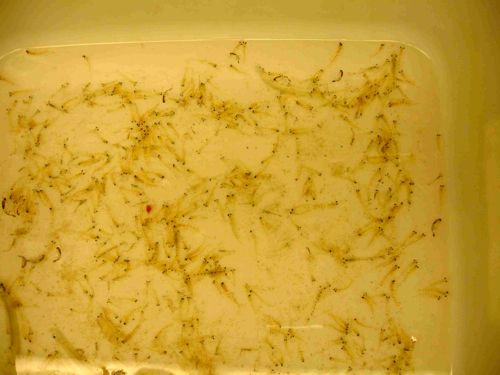
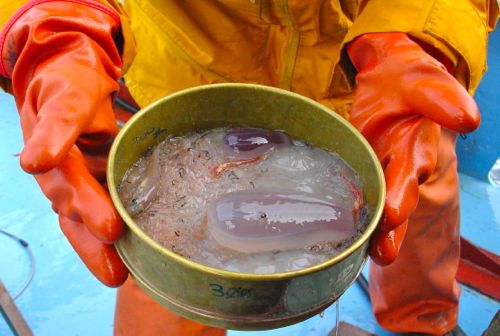
Under Pressure!
At the deepest station that we sampled, we sent some Styrofoam cups down with the CTDA research tool that is submerged in the water to measure conductivity (salinity), temperature, and depth.. Deployment of Styrofoam cups (and other shapes) are a classic oceanographic demonstration of the effects of pressure in the ocean.

Two years ago, Lisa Seff participated in our fieldwork through the ARCUS PolarTrec program. This summer, she sent us up some cups for us to deploy decorated by students at the Springs School in East Hampton NY, as well as PolarTREC educator Susan Steiner's students from North Carolina.
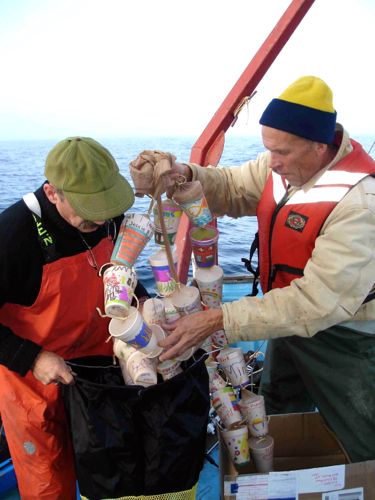


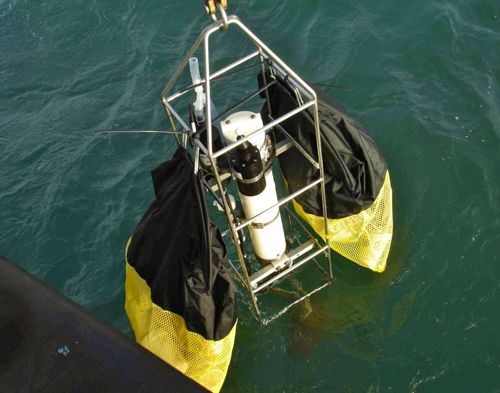

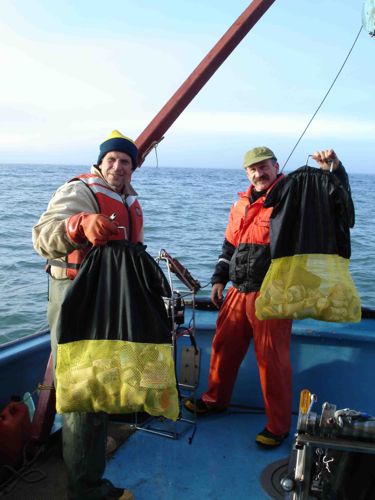
To find out how deep the cups went with the CTDA research tool that is submerged in the water to measure conductivity (salinity), temperature, and depth., and exactly what happened to them, check back with us in a future journal (which will be titled: Styrofoam Cup vs. Deep Sea Pressure Challenge:Part 3!)
Tutu Stew and Wow! Gas Prices!
The other day, we were invited by Billy Adams, who works down the hall, to enjoy some homemade tutu (caribou) stew. Caribou are found out on the tundra south of town and provide important food for the years. The caribou stew was delicious and an excellent mid-morning snack. When I went to the gas station yesterday, I saw Sean (who works for the logistics provider that we use here) and his cousin who were heading out on their four wheelers for an evening of hunting. If you think gas is expensive where you are living, well, try coming to Barrow.
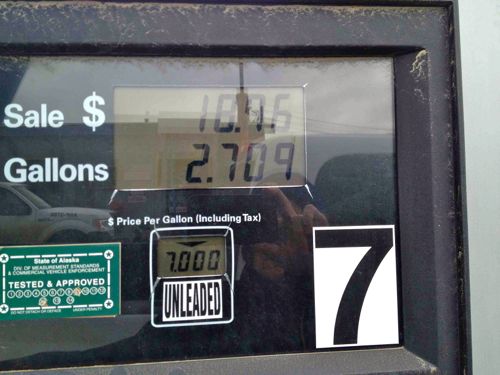

We had high hopes last night of getting out on the water today but woke to a steady rain and gusty wind and small craft advisories. So we are tucked into the lab, watching the changing weather (it is getting brighter and not raining now). The weather forecast tells us that tomorrow is going to be better.


Comments